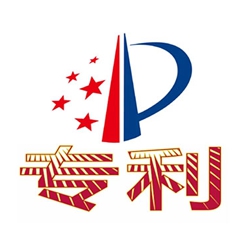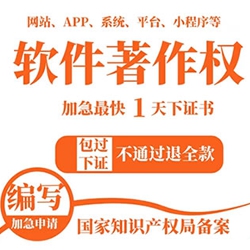世界各地多条河流发现药品残留 威胁水生物和人
一份新报告指出,药物污染已经蔓延至全球河流,世界各地的河道中普遍发现药物残余,其中最常见的是治疗糖尿病和癫痫的药物。抽样检测发现,受污染最严重的河流大多在中低收入国家,冰岛、挪威和亚马逊雨林的河流是受污染最轻的。
[Photo/Pexels]
Pollution of the world's rivers from medicines and pharmaceutical products poses a "threat to environmental and global health", a report says.
一份报告称,药品对世界河流的污染对“环境和全球人类的健康形成了威胁”。
Paracetamol, nicotine, caffeine and epilepsy and diabetes drugs were widely detected in a University of York study.
约克大学的一项研究在世界多地的河流广泛检测到扑热息痛、尼古丁、咖啡因还有治疗癫痫和糖尿病的药物。
Rivers in Pakistan, Bolivia and Ethiopia were among the most polluted. Rivers in Iceland, Norway and the Amazon rainforest fared the best.
巴基斯坦、玻利维亚和埃塞俄比亚的河流是污染最严重的。冰岛、挪威和亚马逊雨林的河流是污染最轻的。
The impact of many of the most common pharmaceutical compounds in rivers is still largely unknown.
河流中检测到的许多最常见的药品化合物会造成什么影响很大程度上还是未知数。
But it is already well established that dissolved human contraceptives can impact the development and reproduction of fish, and scientists fear the increased presence of antibiotics in rivers could limit their effectiveness as medicines.
但是现在确定无疑的是,溶解在水中的人类避孕药会影响鱼类的发育和繁殖。科学家担心河流中所含的抗生素日益增多会限制抗生素作为药品的有效性。
The study sampled water from more than 1,000 test sites in more than 100 countries.
该研究对上百个国家的1000多个测试点的水进行了抽样检测。
Overall, more than a quarter of the 258 rivers sampled had what are known as "active pharmaceutical ingredients" present at a level deemed unsafe for aquatic organisms.
总体上,抽样检测的258条河流中有超四分之一含有所谓的“活性药物成分”,而且已经达到了对水生生物不安全的水平。
"What we know now is that even the most modern efficient wastewater treatment plants aren't completely capable of degrading these compounds before they end up in rivers or lakes." Dr John Wilkinson, who led the research, told BBC News.
这项研究的带头人约翰·威尔金森博士告诉BBC新闻频道说:“我们现在知道的是,即使是最现代化最高效的废水处理厂也无法完全降解这些药品化合物后再将废水排入河流湖泊。”
The two most frequently detected pharmaceuticals were carbamazepine, which is used to treat epilepsy and nerve pain, and metformin, used to treat diabetes.
在河流中最常检测到的两种药物是治疗癫痫和神经疼痛的卡马西平和治疗糖尿病的二甲双胍。
High concentrations were also found of so-called "lifestyle consumables" like caffeine [coffee] and nicotine [cigarettes] as well as the painkiller paracetamol.
河流中还发现了高浓度的咖啡因(来自咖啡)、尼古丁(来自香烟)等所谓的“生活方式消费品”和镇痛的扑热息痛。
In Africa, artemisinin - used in anti-malarial medicine - was also found in high concentrations.
在非洲,抗疟药所含的青蒿素在河流中的浓度也很高。
The report says the increased presence of antibiotics in rivers could also lead to the development of resistant bacteria, damaging the effectiveness of medicines and ultimately posing "a global threat to environmental and global health".
报告称,河流中的抗生素越来越多还会导致人类对抗生素的耐药力增强,药品的有效性减弱,最终会“对环境和全球人类的健康造成全球性威胁”。
The most polluted sites were largely in low- to middle-income countries, and in areas where there was sewage dumping, poor wastewater management and pharmaceutical manufacturing.
受污染最严重的河流大多在中低收入国家,以及那些倾倒污水、对废水管理不善和生产药品的地区。
The full report has been published in the Proceedings of the National Academy of Sciencesjournal.
完整的报告发表在期刊《美国科学院院报》上。
英文来源:BBC
来源:中国日报网








